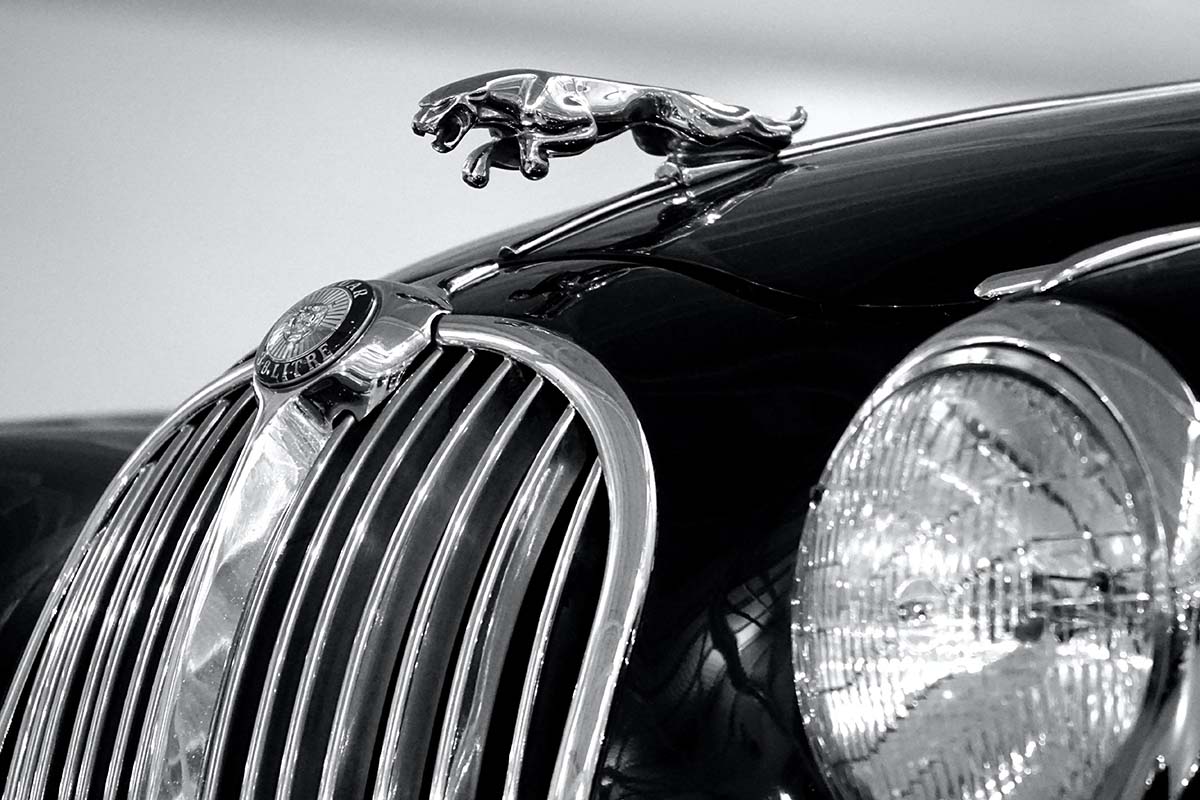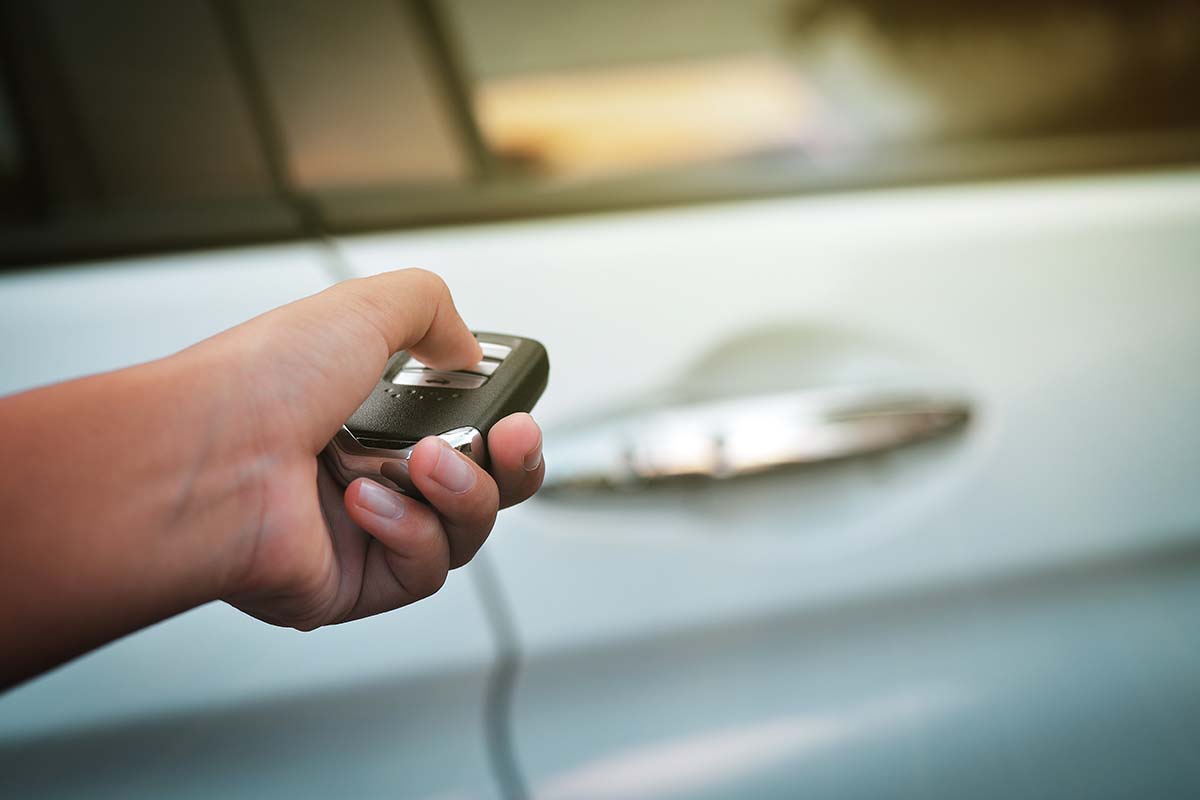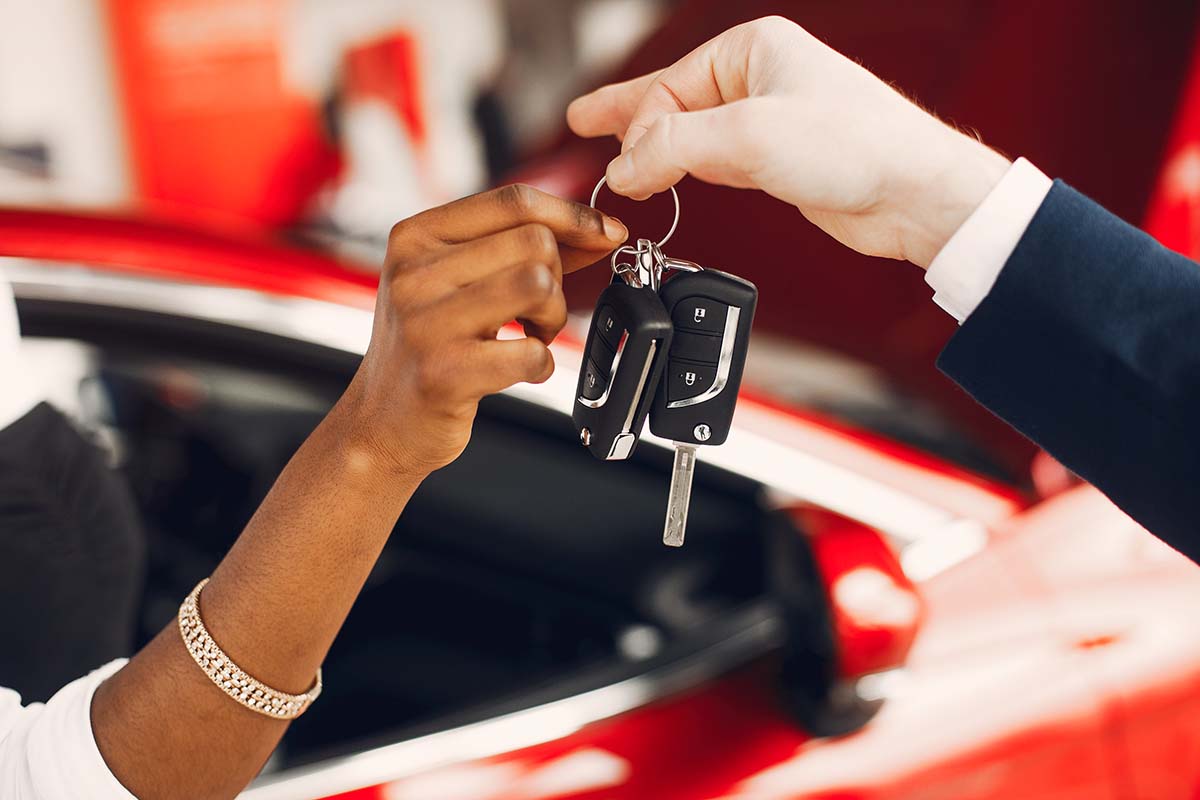No More Overheating – Solving Your Issues Before It’s Too Late
When the temperature gauge reaches the hot zone, it’s vital to pull over and turn off your engine immediately. In addition, opening your bonnet and filling it with water may also help.
Dudenhoeffer believes Jaguar still stands a chance, but to do so, it will require cooperation among manufacturers, drastic cost-cutting measures, and targeting niche markets. Furthermore, preventative measures must also be taken to address the frequent jaguar overheating issues.
Check Your Coolant Level
Coolant is an antifreeze solution used to keep an engine from overheating. Coolants are an essential element for optimal engine operation, usually containing water mixed with either ethylene or propylene glycol, as well as corrosion protection additives and lubrication agents.
Regularly low coolant levels could indicate a leak in your radiator or hoses and should prompt you to bring your Jaguar for service as soon as possible.
Keep an eye out for markings on the side of the reservoir to gauge your coolant levels – no need to open the cap! If your coolant level dips below its “full” marker, remove the cap and add more or mix equal amounts of coolant and water (per the owner’s manual guidelines).
Check Your Oil Level
One of the best things you can do for your engine is regularly check its oil levels to ensure it’s optimum. Unfortunately, this can be difficult if you are unfamiliar with your car and what an accurate reading on its dipstick means.
Ideally, engine oil should be checked when the car is freezing (or as close as possible), using paper towels or an old rag to wipe down and get an accurate reading from your dipstick. Doing this regularly can help protect against unnecessary engine damage in your Jaguar and prevent unnecessary expenses later. Keeping an owner’s manual handy can ensure you use appropriate types of engine oils.
Check Your Tire Pressure
One of the easiest and least-overlooked ways to increase fuel economy in your Jaguar is checking tire pressure regularly. You can locate this information on a sticker in the doorjamb or, for older cars, within its owner’s manual.
Once you’ve identified the recommended pressure, remove a tire’s valve cap and press down on a gauge to obtain a reading for every tire (you may have to repeat this for every tire). If the task falls below the recommended, filling your tires will bring them up to specification.
Reina advises taking this measurement on a day with mild temperatures; otherwise, removing the caps while your tires are hot can cause them to hiss and lower pressure, compromising the accuracy of your readings.
Check Your Radiator
Stop-and-go traffic requires your coolant to work harder to keep the engine from overheating since normal airflow doesn’t carry away heat from your radiator. Try turning up the heaters fully to transfer heat out of the cabin while revving lightly to increase the cooling fan’s effectiveness.
If your radiator has been compromised by damage or coolant leakage, it will struggle to dissipate heat efficiently, sending your temperature gauge spiraling toward red. Steam may also appear coming from underneath the hood as your coolant evaporates.
Always open the radiator cap when your engine is cool; opening it when hot can lead to severe burns from pressurization of its system and pressure build-up. Check your radiator cap and hoses periodically and replace your coolant at least every 40,000 miles as per manufacturer recommendations.
Check Your Cooling System
Coolant plays an integral part in maintaining any car engine’s proper operation, drawing heat away from various systems before dissipating through its radiator and back through. Any leak in this essential process would prevent it from occurring properly and ultimately compromise performance.
Leaks in your cooling system may be hard to detect, mainly if they occur between cylinders, but a rising temperature gauge, the pool of coolant under your car, and rust-colored stains are sure signs that it’s time to inspect your cooling system. Take extra caution when opening up the hood of your Jaguar; its hot temperatures and pressure could easily cause severe burns if not handled with care.




















